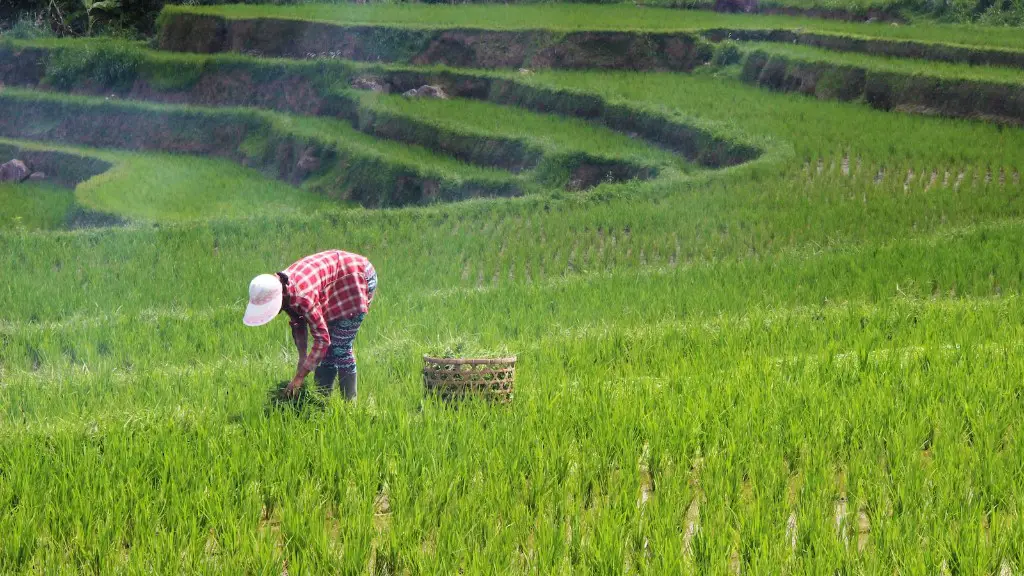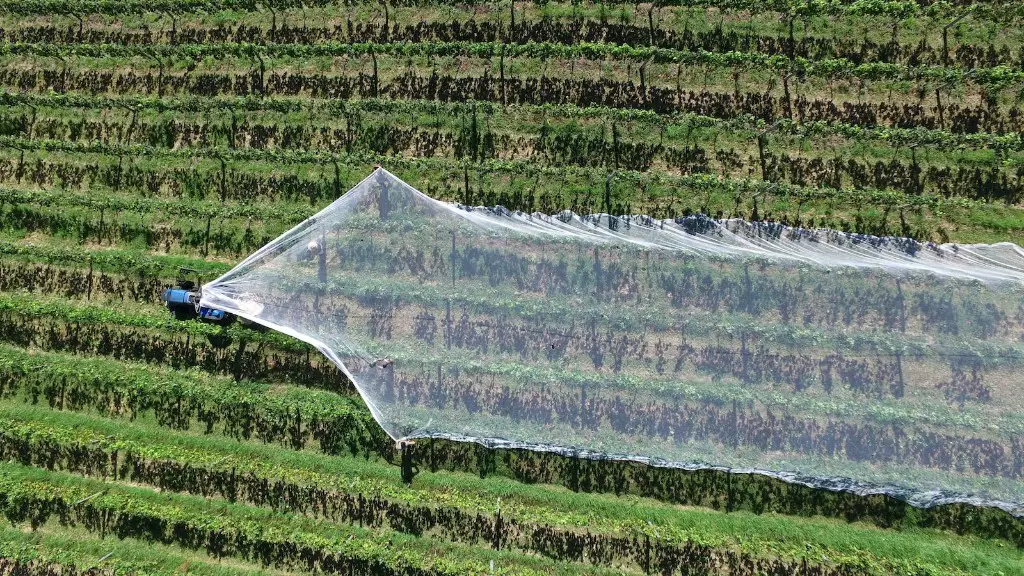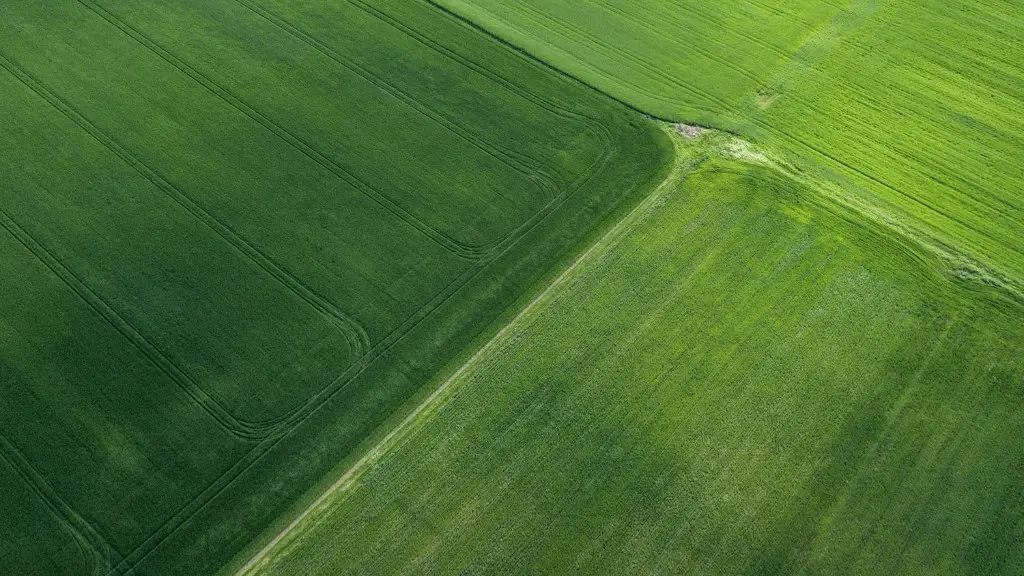Antimicrobials are a broad group of drugs that are used to kill or prevent the growth of microbes. They are used in agriculture to control bacterial, viral, and fungal diseases of crops. Antimicrobials are also used to control bacterial growth in animal feed and to prevent foodborne diseases.
The use of antimicrobials in agriculture refers to the application of these products to control or prevent the growth of microorganisms in crops, livestock, and poultry. There are a variety of antimicrobial products available for use in agriculture, including antibiotics, disinfectants, and sanitizers.
How are antimicrobials used?
Antimicrobials are a vital part of our fight against infections. They can be used to prevent infections from occurring in the first place, or to treat infections that have already developed.
There are a variety of different antimicrobials, each with their own specific targets. Antibiotics are used to target bacteria, while antivirals are used to target viruses. Antifungals are used to target fungi, and antiparasitics are used to target parasites.
Antimicrobials are an essential part of our healthcare system, and they play a vital role in protecting our health.
The use of antimicrobials for prophylactic treatment of bacterial diseases of plants is limited in availability, use, and efficacy, and therapeutic use is largely ineffective. Most applications are by spray treatments in orchards. Monitoring and surveillance for drug resistance are not routinely done.
Why are antimicrobials used in livestock
The use of antibiotics and antifungals in food animals can help to treat, control, and prevent bacterial diseases in animals. This can provide a number of benefits for both the animals and the people who consume them. Antibiotics can help to keep animals healthy and free from disease, which can ultimately lead to safer and healthier food products for humans. In addition, the use of these drugs can help to prevent the spread of disease from animals to humans.
Intensive farming is a type of agriculture where animals are kept in close quarters and given antibiotics to prevent disease. This practice results in antibiotic residues in animal-derived products, which can lead to antibiotic resistance. In developing countries, the demand for animal protein is increasing, so intensive farming is becoming more common. This is a serious problem because it increases the chances that antibiotic-resistant bacteria will spread to humans. We need to find a way to reduce the use of antibiotics in agriculture, or we will eventually see more and more people getting sick from bacteria that are resistant to drugs.
What is antimicrobial use in farm animals?
Antimicrobials are a type of medication that is used to treat infections. They are typically used to treat bacterial infections, but can also be used to treat other types of infections. Antimicrobials are also sometimes used to prevent diseases, or to promote growth in animals.
The nephrotoxicity of some commonly used antimicrobial drugs can cause serious kidney damage when used in normal doses relative to the patient’s renal function. This is why it is important to monitor a patient’s renal function when taking these medications and to adjust the doses accordingly.
What antimicrobials are used in crop production?
Oxytetracycline, originally produced by the bacterium Streptomyces rimosus, inhibits bacterial protein synthesis.
Antimicrobials are considered pesticides because they are designed to kill pests, specifically germs or microorganisms. Antimicrobials come in a wide variety of formulations including toilet bowl sanitizers, swimming pool chemicals and bleach.
How do antimicrobials work in food
Herbs and spices are the main source of natural antimicrobials. They contain many essential oils that have preservation effect against different microorganisms. Fruits and vegetables, seeds and leaves are also good sources of natural antimicrobials.
It is important to follow the Veterinary Feed Directive (VFD) when using antimicrobials in poultry feed or water. The VFD requires a valid veterinarian-client-patient relationship, and outlines specific conditions under which antimicrobials can be used.
Poultry producers must also follow Good Agricultural Practices (GAPs) when using antimicrobials. GAPs include recommendations for preventing, detecting, and managing antimicrobial resistance.
The use of antimicrobial agents in poultry production is essential to treating and controlling bacterial infections. However, veterinarians have a huge responsibility when using these agents, as poultry meat and eggs are produced for human consumption. It is important to follow the Veterinary Feed Directive (VFD) and Good Agricultural Practices (GAPs) when using antimicrobials in poultry production.
What are the benefits of antibiotics in agriculture?
Antibiotics are important for farmers because they promote growth, prevent diseases, and treat the diseases that do arise in their livestock. Economic research on antibiotic use has tended to focus on measuring the value of antibiotic growth promoters (AGPs). Antibiotic growth promoters have been shown to increase the efficiency of livestock production, and thus the economic benefits to farmers from using them are substantial.
There is a wide variety of antimicrobials that are commonly used for food animals. The most common ones are β-lactams, tetracyclines, aminoglycosides, lincosamides, quinolones, polypeptides, amphenicols, macrolides, and sulfonamides. Each of these has their own unique benefits and drawbacks, so it’s important to choose the right one for the situation.
Why do farmers medicate their livestock with antibiotics
Responsible use of antibiotics in animals leads to an overall decrease in bacteria, which helps make food safe by keeping animals healthy and reducing bacteria entering the food supply.
The use of antibiotics in animal feed is a common practice that can have a significant impact on animal growth. By inhibiting the growth of microbes in the gastrointestinal tract, antibiotics help to increase the efficiency of animal growth by triggering immune responses in the host. This, in turn, can lead to increased productivity and improved overall health of the animal.
What are the 3 types of antimicrobials?
Public health antimicrobials are used to protect the public from the spread of disease. There are three types of public health antimicrobials: sterilizers, disinfectants, and sanitizers. Sterilizers kill all microorganisms, including viruses, bacteria, and fungi. Disinfectants kill viruses, bacteria, and fungi, but not spores. Sanitizers kill viruses, bacteria, and fungi, but not spores.
Antimicrobials are a type of medication used to kill or inhibit the growth of microorganisms. This can include bacteria, viruses, fungi, and parasites. Some examples of antimicrobial medications include penicillin, valacyclovir, fluconazole, and praziquantel.
What is the importance of antimicrobials
Antimicrobial agents used to treat diseases caused by bacteria that may be transmitted to humans from nonhuman sources are considered of higher importance because these are most amenable to risk-management strategies related to nonhuman antimicrobial usage. This is due to the fact that these agents are able to target the bacteria specifically, without causing harm to the patients.
Plant secondary metabolites are known to possess a variety of antimicrobial properties. The most notable groups of phytochemicals with antimicrobial activity are phenolics and polyphenols (flavonoids, quinones, tannins, coumarins), terpenoids, alkaloids, lectins, and polypeptides. These substances can help protect plants from pathogens, parasites, and other harmful organisms.
Conclusion
Antimicrobials are used in agriculture in order to protect crops and animals from bacteria, fungi, and viruses. They are typically used as a preventative measure, but can also be used to treat infections. Farmers will often use antimicrobial products on their crops in order to keep them healthy and free of disease. In addition, farmers may use antimicrobial products on their animals in order to prevent them from becoming sick.
The overuse of antibiotics in agriculture is a major contributor to the problem of antibiotic resistance. When antibiotics are used to promote growth or prevent disease in animals, bacteria are exposed and have the opportunity to develop resistance. These resistant bacteria can then infect humans, making it more difficult to treat infections. It is important to use antibiotics judiciously in both humans and animals to slow the development of antibiotic resistance.





